RV, Camper & Motorhome wifi booster- wifi on board review
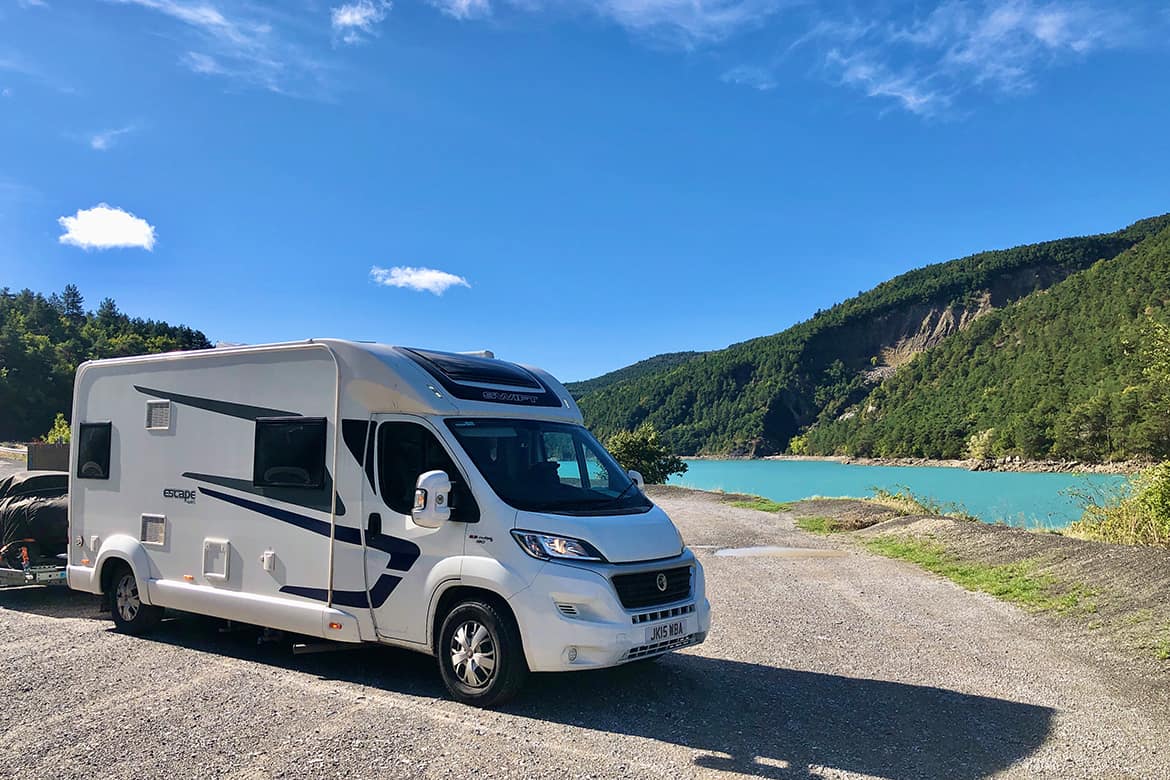
Need to boost the wifi signal on your motorhome, RV or camper? Considering installing a wifi antenna on your roof? Here’s what we did- and how it worked!
Internet. It makes the world go round. Or, at least it does for us.
We’ve always needed internet in our motorhome and have managed well for a few years, but there have been times, especially in Europe, where we’ve struggled. The wifi signal was weak and our tiny dongle just wasn’t powerful enough to give it any ‘oomph’ (technical term).
This has been a problem, as both of us NEED the internet in order to make our travelling life work. Without that, Mr WB can’t work and I can’t write motorhome blog posts and generally update this website.
So, when a UK company called Wifi on Board offered us a motorhome wifi kit, we jumped at the chance to try it out.
DISCLAIMER: We received a free router and roof mount antenna from Wifi on Board, in return for an honest review. We agreed to trial their kit and said we would ONLY review it if we felt it was good enough. As with all our reviews, if we wouldn’t recommend it to our family, we won’t recommend it to you.
JUMP AHEAD TO...
WHY IS INTERNET TOUGH IN A MOTORHOME, CAMPER, RV, CARAVAN OR BOAT?
Sadly, in most campsites or marinas across the UK & Europe, even if they offer wifi, it’s on a massively restricted level. You can open a webpage easily enough, but trying to watch live TV, or download a film on Netflix or upload a video (like I do for my Youtube channel) is often impossible.
So, to combat that, you need your own internet. Which means you need a router or something with a SIM card, which picks up 3G/4G/5G signals and allows you to connect your devices to it (such as a laptop or iPad.)
Before motorhome life, we lived on boats for 15+ years. We are used to slow, dysfunctional internet. We’ve only ever experienced the joy of Fibre Broadband at friend’s houses or in expensive hotels.
We have tried MANY ways to boost and improve our internet. Seriously, many. And every single one was… underwhelming. Don’t get me wrong, some wifi boosters helped, but there was always some drawback, like power usage, size, or technical requirements.

Want to head to Europe with your motorhome?
Grab your FREE (printable) checklist and discover 25 things you NEED to take with you when you travel in Europe. Make your life easier today.
WHAT IS A WIFI BOOSTER?
A wifi booster is just that- something which boosts an internet signal.
One common misconception for people (ie- me!) is that you MUST buy a dedicated wifi booster to get decent internet. But, actually, you don’t need more than a good router (the thing your SIM card goes in) and an antenna, preferably mounted as high as possible. THAT system can boost your motorhome internet incredibly all on its own!
WHY FIT A MOTORHOME WIFI BOOSTER?
As with most things on a motorhome, you need to consider whether the weight/ space required by the kit you’re adding is worth it.
Luckily, a motorhome router and roof antenna doesn’t weigh much and doesn’t take up much space (see video below for installing)
So, for us, the prospect of faster and more reliable internet was worth it.
Don’t forget, neither a booster nor a router can magic a signal out of thin air- there has to be a signal coming from somewhere in order for you to get internet.
MOTORHOME WIFI ON BOARD KIT
Wifi on board do several kits, for yachts, canal barges and motorhomes/ caravans. We got the 4G router with the high gain MiMo roof mount antenna that we attached to the motorhome roof.
This kit allows a SIM from any network to be added, so we used the SIM we already had in our old dongle, which was EE and has so far worked very well around the UK & Europe.
INSTALLING THE KIT ON A MOTORHOME
Installing the Wifi on Board kit was very easy. Watch the video for a step-by-step guide:

WAS IT WORTH IT?
We’ve been really pleased with the improvement to our motorhome wifi since we installed the Wifi on Board kit. In all the years we’ve tried different options, we’ve never found an antenna which worked so well to boost and improve the wifi signal. If we still lived on the boat, we’d definitely fit one of them on there too.
For us, the best sign after any product review is whether we still continue to use the kit after the review is over. We’ve done this with both the Lifesaver Jerrycan and the Silwy Magnetic glasses. And yes, we will definitely continue to boost our internet on the road with this motorhome wifi router and roof-top antenna too!
Huge thanks to Wifi on Board for the chance to review their kit.
Want more tips for motorhoming?
Here are some more ideas you might find useful:
- Essential Motorhome accessories every van should have
- Best Sat-nav for motorhomes or campervans
- Motorhome Security– tips for at home and on the road
- How to get Internet & wifi in a motorhome
- Europe- essential gear for travelling to Europe
- Best gift ideas for motorhome and campervan owners
Want FREE checklists, eBooks and additional tips to help? Visit our resource page

Kat never planned to buy a motorhome. She also never planned to quit her job as an air traffic controller, go touring around Europe in said motorhome, start one of the UK’s largest motorhome travel websites… or get a cocker spaniel.
Find out how she went from stuck in the rat race to being a digital nomad and inspiring thousands of people to have their own epic adventures here.
If you’d like to connect with Kat, send her an email or follow her adventures on social media.



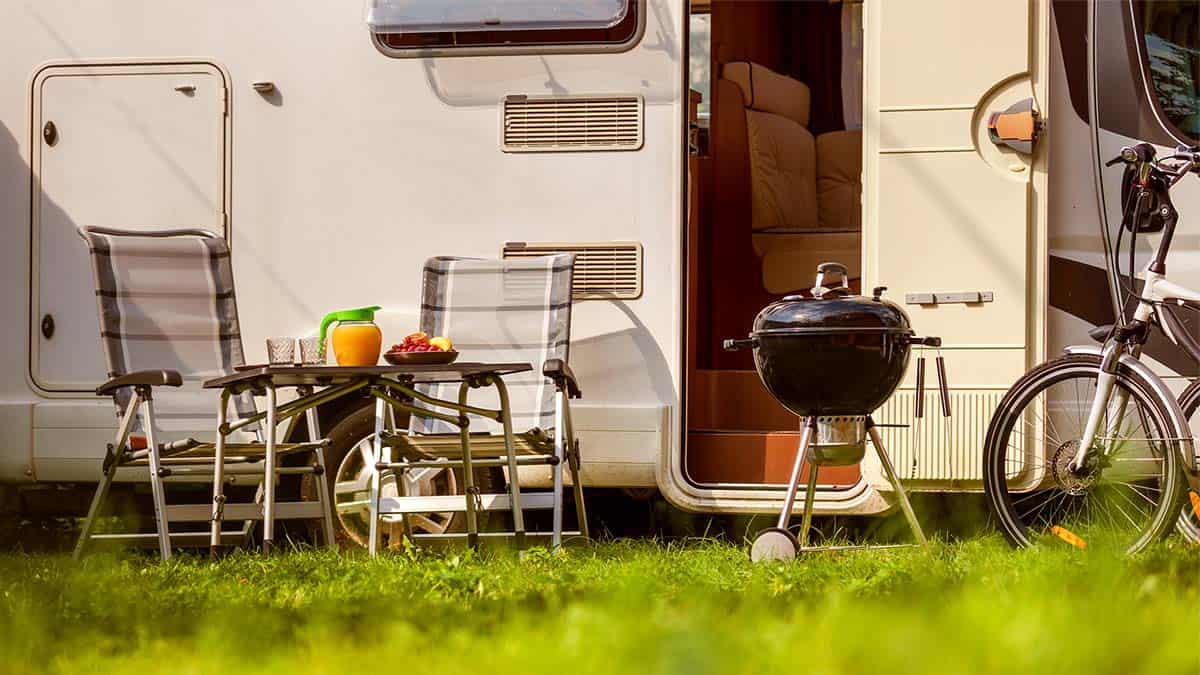

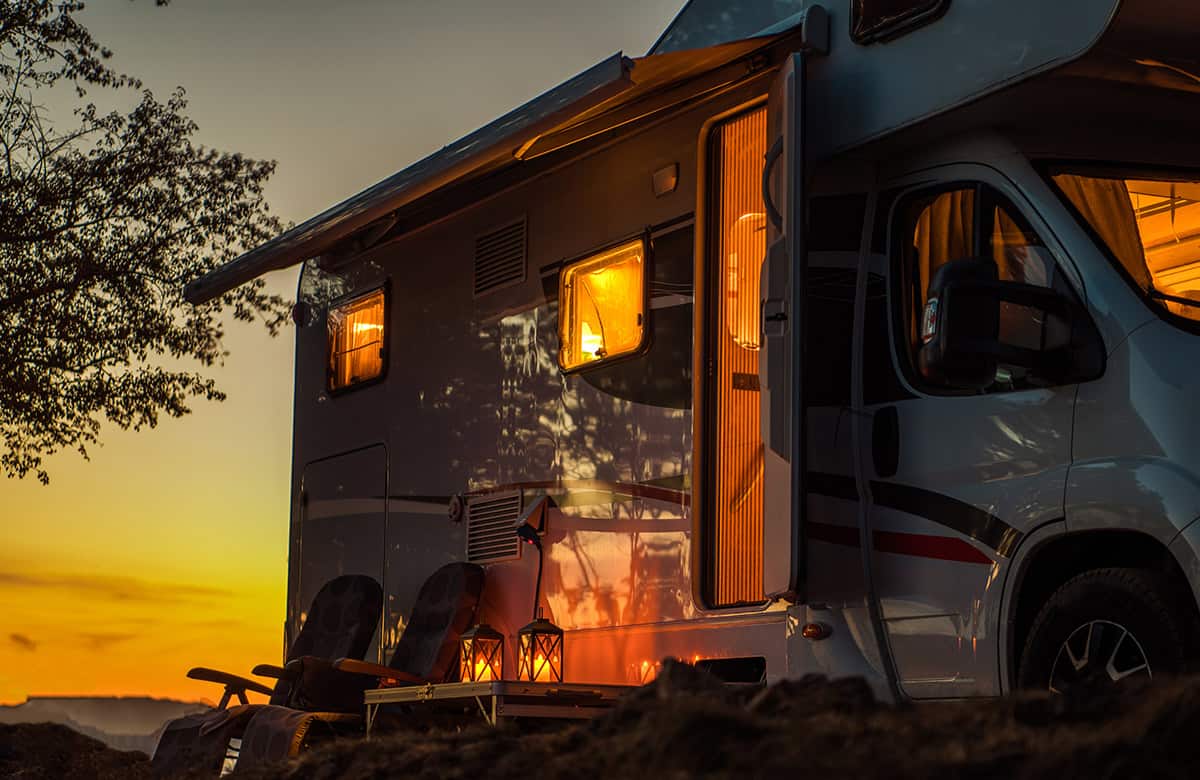
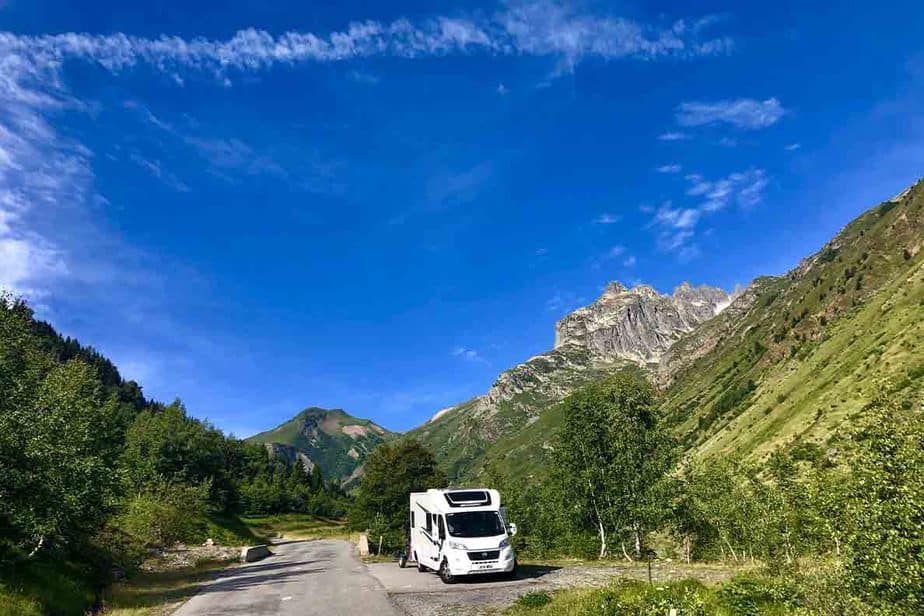
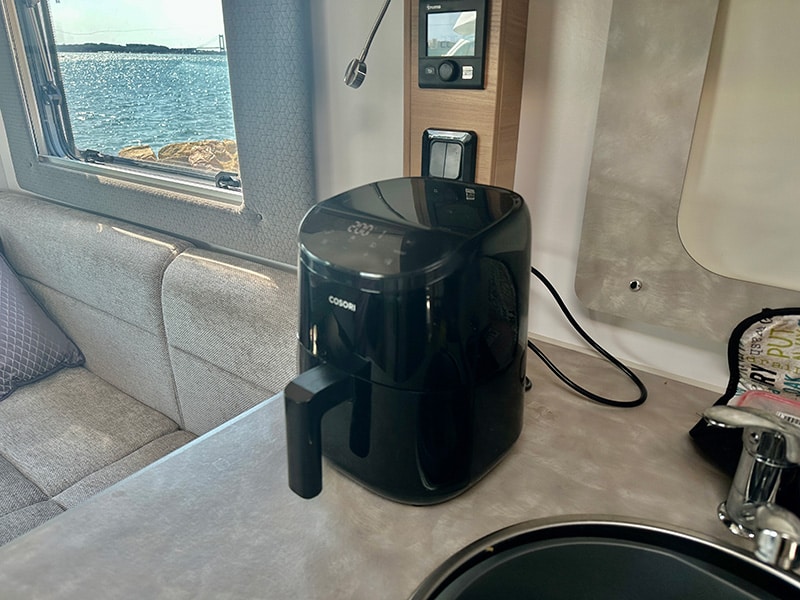
Hi Both,
I imagine you have been using the Huawei 4G router (B535) for quite a while now. I notice you connected it direct to the 12volt system which on my van goes up to 14 volts during its charging cycle. Have you had any problems from over voltage. I have the same router for my house wifi particularly so I could ditch the landline and replace it with a static mobile number from the 4G phone/Internet sim which we can have in the moho as well while we are travelling. I could put it through a 12v to 12v adaptor but I don’t like to leave them running all the time so it would be good if the Huawei can run directly off the leisure battery. But it is quite an expensive router to destroy with over voltage. Did your supplyer Wifi on Board say anything about the supply voltage?
Thanks for your help.
Regards,
Steve
Steve
We have supplied 12V leads for these routers and the previous generation of Huawei routers for many years with little or no issues the main faults tend to relate to thermistors blowing during electrical storms so I would recommend it is disconnected from the aerial during thunder storms but this very rare. We have had very few issues with the Huawei products over 10 years of suppling them on 12V systems